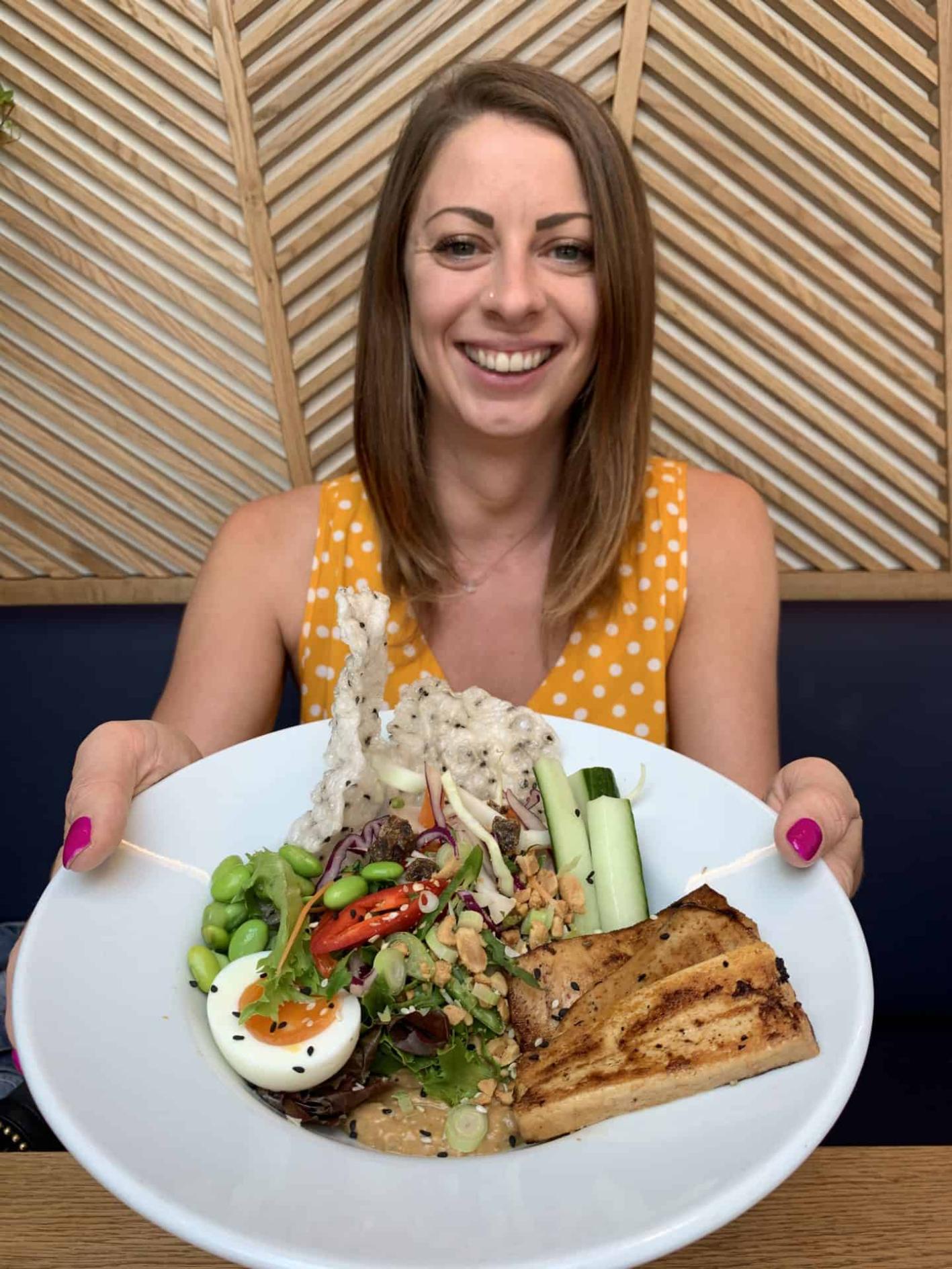What Are Some Creative Ways to Use Gluten-Free Flours?
In the realm of gluten-free cooking and baking, a world of culinary creativity awaits those willing to explore the wonders of gluten-free flours. These flours, derived from various grains, seeds, and legumes, offer a unique set of properties and benefits that unlock a boundless array of culinary possibilities.

Types Of Gluten-Free Flours
The world of gluten-free flours is a diverse and ever-expanding one, with each flour possessing its own distinct characteristics, flavors, and textures. Some of the most commonly used gluten-free flours include:
- Almond Flour: Finely ground almonds, known for their rich, nutty flavor and high protein content.
- Coconut Flour: Made from dried coconut meat, it imparts a tropical flavor and is high in fiber.
- Quinoa Flour: A versatile flour with a mild flavor and a good source of protein and fiber.
- Buckwheat Flour: A nutty-flavored flour with a slightly bitter edge, often used in pancakes and crepes.
- Tapioca Flour: A starch-based flour with a neutral flavor, commonly used as a thickening agent.
- Arrowroot Flour: Another starch-based flour with a neutral flavor, often used as a thickener or in gluten-free baking.
Creative Culinary Applications Of Gluten-Free Flours
The versatility of gluten-free flours extends far beyond the confines of specialized baking mixes. With a little creativity and experimentation, these flours can be incorporated into a wide range of culinary creations, both sweet and savory.
Baking:
- Gluten-Free Breads: While gluten-free bread can be challenging to master, it's not impossible. Techniques like sourdough fermentation and the use of specialty flours can yield delicious and satisfying gluten-free loaves.
- Cakes and Pastries: From fluffy cakes to delicate pastries, gluten-free flours can be used to create an array of delectable treats. Experiment with different flour combinations to achieve the perfect texture and flavor.
- Muffins and Quick Breads: Gluten-free muffins and quick breads are a breeze to make and offer endless possibilities for flavor combinations and add-ins.
Cooking:
- Gluten-Free Pasta and Noodles: Using gluten-free flours like quinoa or buckwheat, it's possible to create delicious and nutritious gluten-free pasta and noodles.
- Gluten-Free Pizza Crust: With the right combination of flours and techniques, a crispy and flavorful gluten-free pizza crust can be achieved.
- Gluten-Free Crepes and Pancakes: Gluten-free flours like buckwheat and tapioca can be used to make light and fluffy crepes and pancakes.
Blending And Combining Gluten-Free Flours
The true magic of gluten-free flours lies in their ability to be blended and combined to create custom flour blends that cater to specific tastes and textures. By experimenting with different ratios and combinations, bakers can achieve optimal results in their gluten-free baking endeavors.
- Blending for Texture: Combining flours with different textures, such as almond flour for richness and tapioca flour for chewiness, can create a well-balanced blend.
- Blending for Flavor: Mixing flours with distinct flavors, like coconut flour and buckwheat flour, can result in unique and captivating flavor profiles.
- Blending for Nutritional Value: Combining flours with different nutritional profiles, such as quinoa flour for protein and coconut flour for fiber, can create a nutrient-rich blend.
Tips And Tricks For Working With Gluten-Free Flours

While gluten-free flours offer a world of culinary possibilities, there are a few key tips and tricks to keep in mind to ensure successful results:
- Proper Storage: Gluten-free flours should be stored in airtight containers in a cool, dry place to maintain their freshness and quality.
- Accurate Measuring: Gluten-free flours can be more absorbent than wheat flour, so it's crucial to measure accurately to avoid dry or dense baked goods.
- Substituting Gluten-Free Flours: When substituting gluten-free flours in recipes, it's important to consider the unique properties of each flour and adjust the recipe accordingly.
- Troubleshooting: If your gluten-free baked goods are too dry, try adding more liquid. If they're too dense, try using a lighter flour blend or reducing the amount of flour.
Gluten-free flours are a gateway to a world of culinary creativity, offering endless possibilities for exploration and experimentation. By embracing the unique properties and benefits of these flours, bakers and cooks can unlock a new realm of flavors and textures, transforming gluten-free cooking and baking into an exciting and rewarding adventure.

YesNo

Leave a Reply